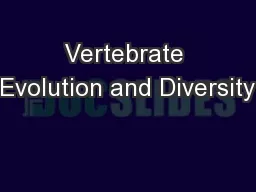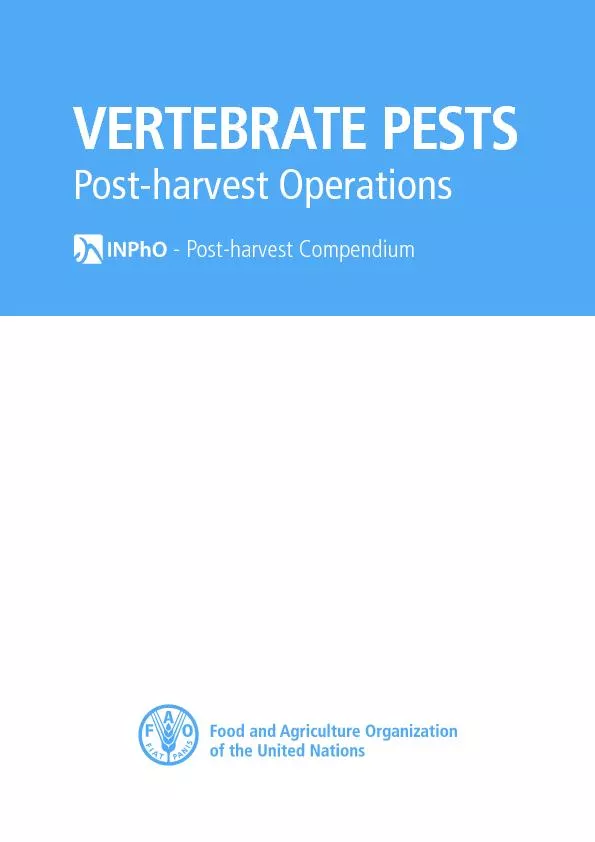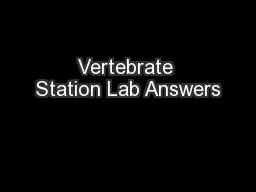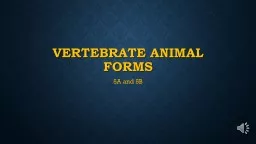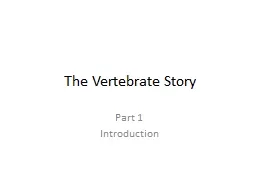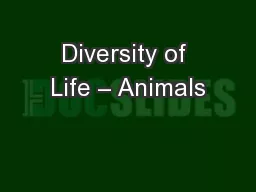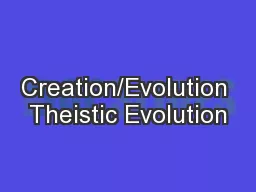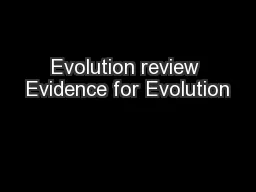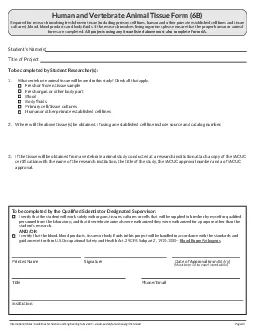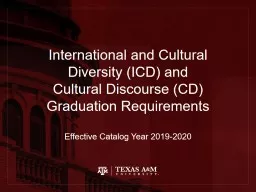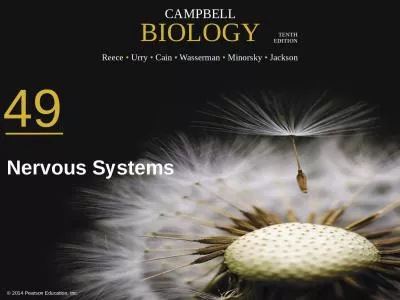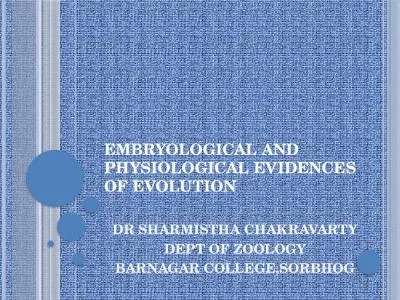PPT-Vertebrate Evolution and Diversity
Author : faustina-dinatale | Published Date : 2018-10-20
Biology 201 Python consuming deer Python vs Alligator Vertebrate Evolution First Step Notochord is Replaced by Vertebrae Ostracoderms Stem vertebrate Dermal bony
Presentation Embed Code
Download Presentation
Download Presentation The PPT/PDF document "Vertebrate Evolution and Diversity" is the property of its rightful owner. Permission is granted to download and print the materials on this website for personal, non-commercial use only, and to display it on your personal computer provided you do not modify the materials and that you retain all copyright notices contained in the materials. By downloading content from our website, you accept the terms of this agreement.
Vertebrate Evolution and Diversity: Transcript
Download Rules Of Document
"Vertebrate Evolution and Diversity"The content belongs to its owner. You may download and print it for personal use, without modification, and keep all copyright notices. By downloading, you agree to these terms.
Related Documents

